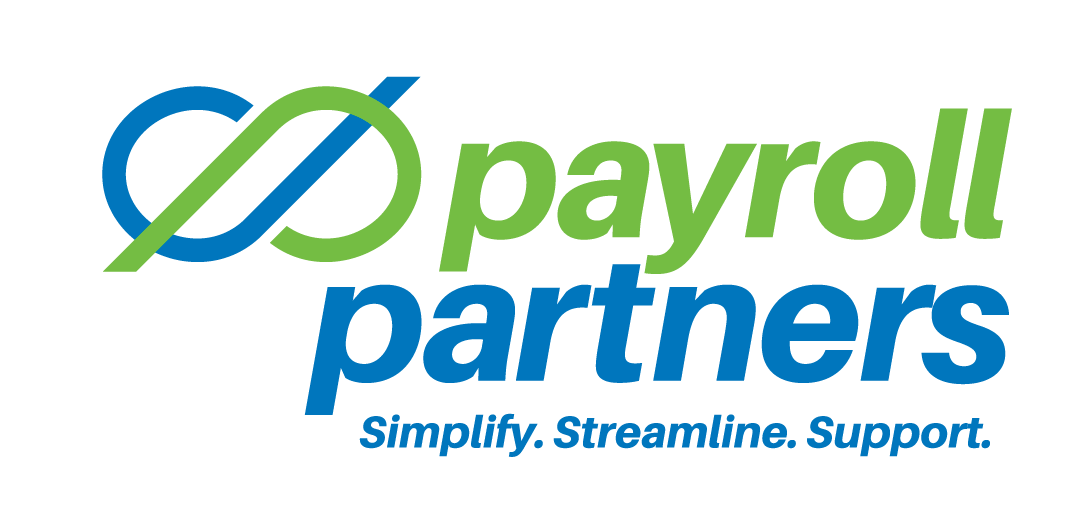31 Jan Is This Your Situation: Learning the Basics of Small-Company Payroll
Setting up a payroll system is fairly straightforward in theory, but it does require a few significant steps that each employer will need to consider:
- You first have to obtain your employer identification number (EIN) and state/local ID, if necessary. Then, take care of the paperwork for your employees, and make sure you know the difference between employees and contractors entails.
- Decide on a precise payment period, and make sure you have the information necessary for tracking employee work hours, managing part time payments and making the required distinctions for health plan premiums or business deductibles.
- Do some research on choosing the right payroll system, and ask various other business owners about the methods they use for setting up payroll.
Remember, as employer, you are solely responsible for filing tax documents, recordkeeping and making the necessary payments to support payroll taxes for your employees.
Many companies choose to outsource to various payroll services, and considering how busy you’re going to be with core business tasks, it’s often a wise decision. The services involved will ensure that the process is seamless and reduce the chances of any mishaps. Moreover, outsourced payroll is usually a scalable model: Your provider will be able to offer increasingly sophisticated services as your company grows.
Another advantage to outsourced payroll is being to largely avoid all the tax hassles. There are a wide variety of federal and state tax rules you have to follow, and you’ll save on time and aggravation if you can outsource tax management.
This information is provided with the understanding that Payroll Partners is not rendering legal, human resources, or other professional advice or service. Professional advice on specific issues should be sought from a lawyer, HR consultant or other professional.


